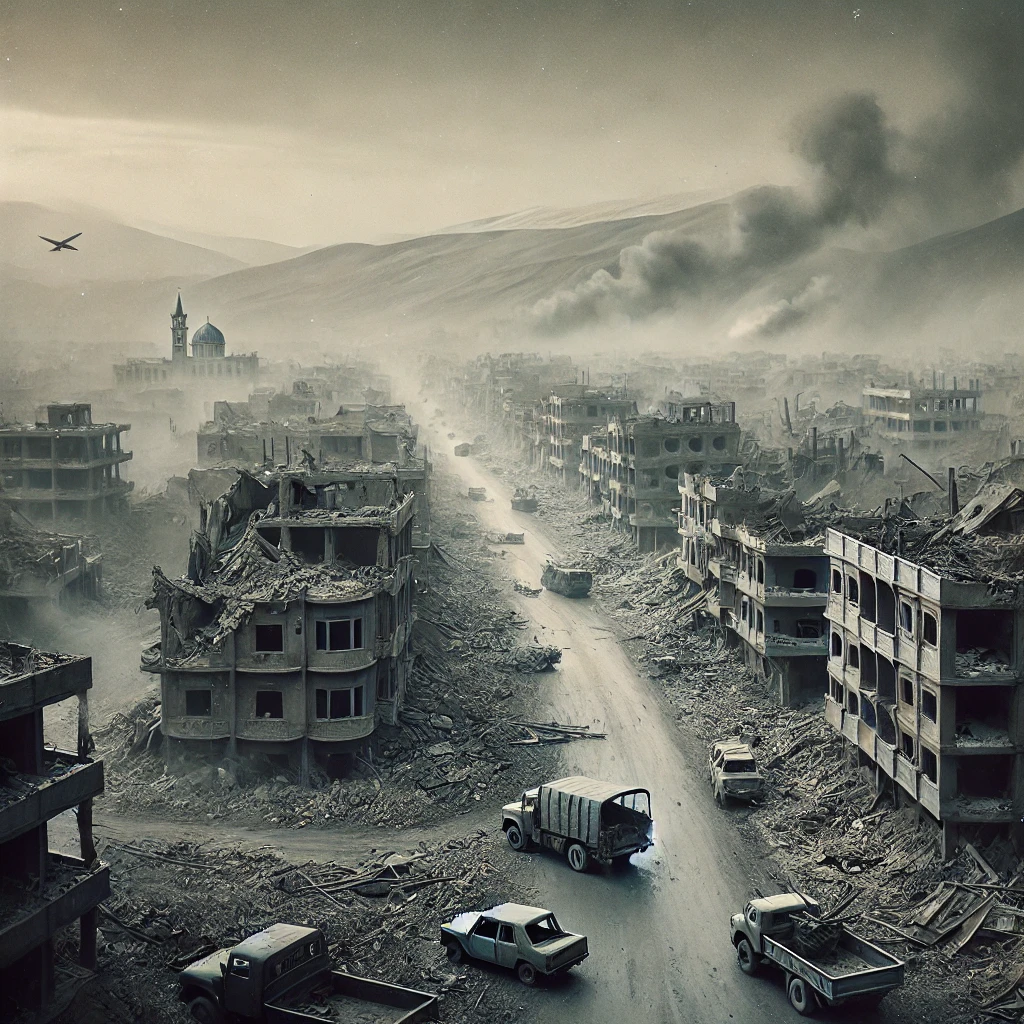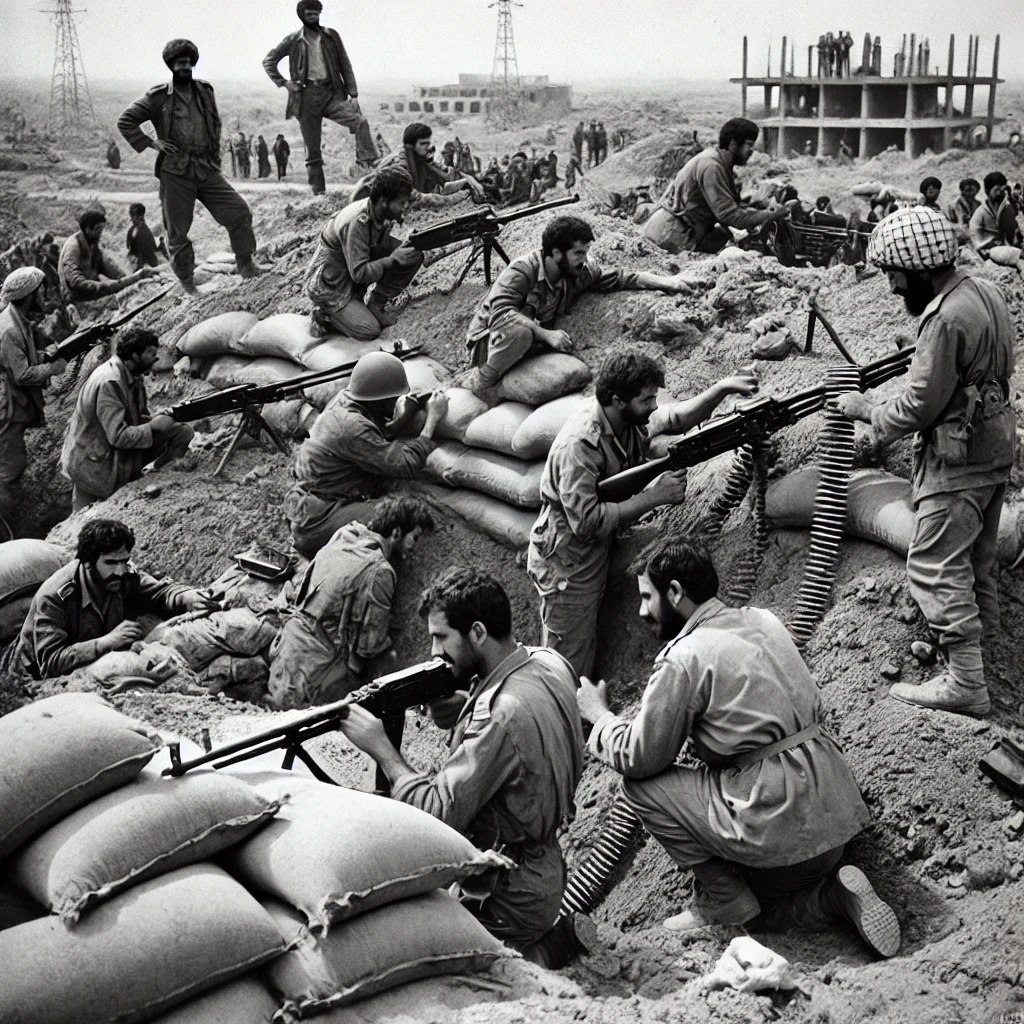The Invasion That Sparked Eight Years of War
On September 22, 1980, Iraqi forces launched a full-scale invasion of western Iran, initiating what would become one of the longest and most brutal conflicts of the 20th century: the Iran-Iraq War. Tensions between the two countries had been simmering for years, exacerbated by border disputes, ethnic and religious differences, and rising political instability following the Iranian Revolution in 1979. The invasion, ordered by Iraqi President Saddam Hussein, was intended to capitalize on Iran’s perceived weakness and secure regional dominance for Iraq.

However, what was expected to be a quick and decisive campaign turned into a bloody and protracted war that lasted eight years, with both nations suffering massive casualties and economic devastation. The conflict reshaped the geopolitical landscape of the Middle East and left a legacy of destruction and mistrust that continues to influence the region today.
A War Driven by Politics and Power
The roots of the Iran-Iraq War were complex, involving a mix of territorial ambitions, political rivalry, and religious conflict. Iraq sought to assert itself as a dominant power in the Gulf region and viewed Iran’s post-revolutionary chaos as an opportunity to reclaim disputed border areas, particularly along the Shatt al-Arab waterway, a vital economic route. Additionally, Saddam Hussein saw Iran’s new theocratic government, led by Ayatollah Khomeini, as a threat to his secular Ba’athist regime, fearing that Iran’s Islamic Revolution could inspire uprisings among Iraq’s Shia majority.

For Iran, the war was seen as an existential struggle. In response to Iraq’s invasion, the newly established Islamic Republic rallied its forces, galvanizing the population with religious fervor and national pride. The conflict soon devolved into a war of attrition, with both sides launching offensives and counteroffensives across the border, but neither achieving a decisive victory.
Human and Economic Costs of the Conflict
The Iran-Iraq War was marked by its sheer brutality and high human cost. Both countries employed trench warfare, heavy artillery, and chemical weapons, with major battles leading to tens of thousands of deaths. Civilians were frequently caught in the crossfire, and entire cities were reduced to rubble. The use of chemical weapons by Iraq, notably against Iranian forces and Kurdish civilians, remains one of the most harrowing aspects of the conflict. By the time the war ended in 1988, an estimated one million people had been killed, and millions more were injured or displaced. Economically, both nations were devastated. Iraq, which had started the war with significant financial reserves, found itself deeply in debt by the end of the conflict. Iran, already weakened by revolution and international isolation, suffered severe damage to its infrastructure and economy.

A Long Path to Peace
Despite the enormous costs, neither side gained any meaningful territorial advantage from the war. In August 1988, a UN-brokered ceasefire finally brought an end to the fighting, though it took until 1990 for Iraq and Iran to sign a formal peace agreement. The border remained largely unchanged, and many of the issues that had ignited the war were left unresolved. The war’s legacy, however, extended far beyond the battlefield. For Iraq, the financial and political pressures that arose from the war contributed to Saddam Hussein’s decision to invade Kuwait in 1990, a move that sparked the Gulf War and further destabilized the region. Iran, meanwhile, emerged from the conflict as a more militarized and inward-looking state, with its leadership using the war as a rallying cry to consolidate power and suppress dissent.
Long-Term Impact on the Middle East
The Iran-Iraq War had far-reaching consequences for the Middle East. It reshaped regional alliances and rivalries, as neighboring countries and global powers were drawn into the conflict. While many Gulf states, including Saudi Arabia, provided financial support to Iraq, others remained neutral, wary of the potential for the conflict to spread. The war also led to greater U.S. involvement in the region, as the U.S. sought to protect its interests, particularly in oil-rich Gulf states. In the decades since the war ended, its effects have continued to influence the region’s politics. Iraq’s eventual invasion of Kuwait, the U.S.-led Gulf War, and the later Iraq War can all be traced back, in part, to the instability and power struggles that emerged from the Iran-Iraq War. Similarly, Iran’s ongoing efforts to expand its influence in the Middle East and its military buildup are rooted in its experience during the conflict.
A Legacy of Resilience and Tragedy
For both Iran and Iraq, the war left a lasting legacy of resilience and tragedy. In Iran, the conflict is remembered as a defining moment in the survival of the Islamic Republic, with the country’s leadership frequently invoking the war’s memory to promote unity and resistance against foreign threats. In Iraq, the war is often viewed as a costly endeavor that drained the nation’s resources and led to future conflicts. The Iran-Iraq War also stands as a sobering reminder of the human toll of prolonged conflict. The immense loss of life, the suffering of civilians, and the widespread destruction of infrastructure serve as lasting testaments to the dangers of unchecked aggression and regional rivalry. Though the war ended more than three decades ago, its influence continues to shape the geopolitics of the Middle East today.
